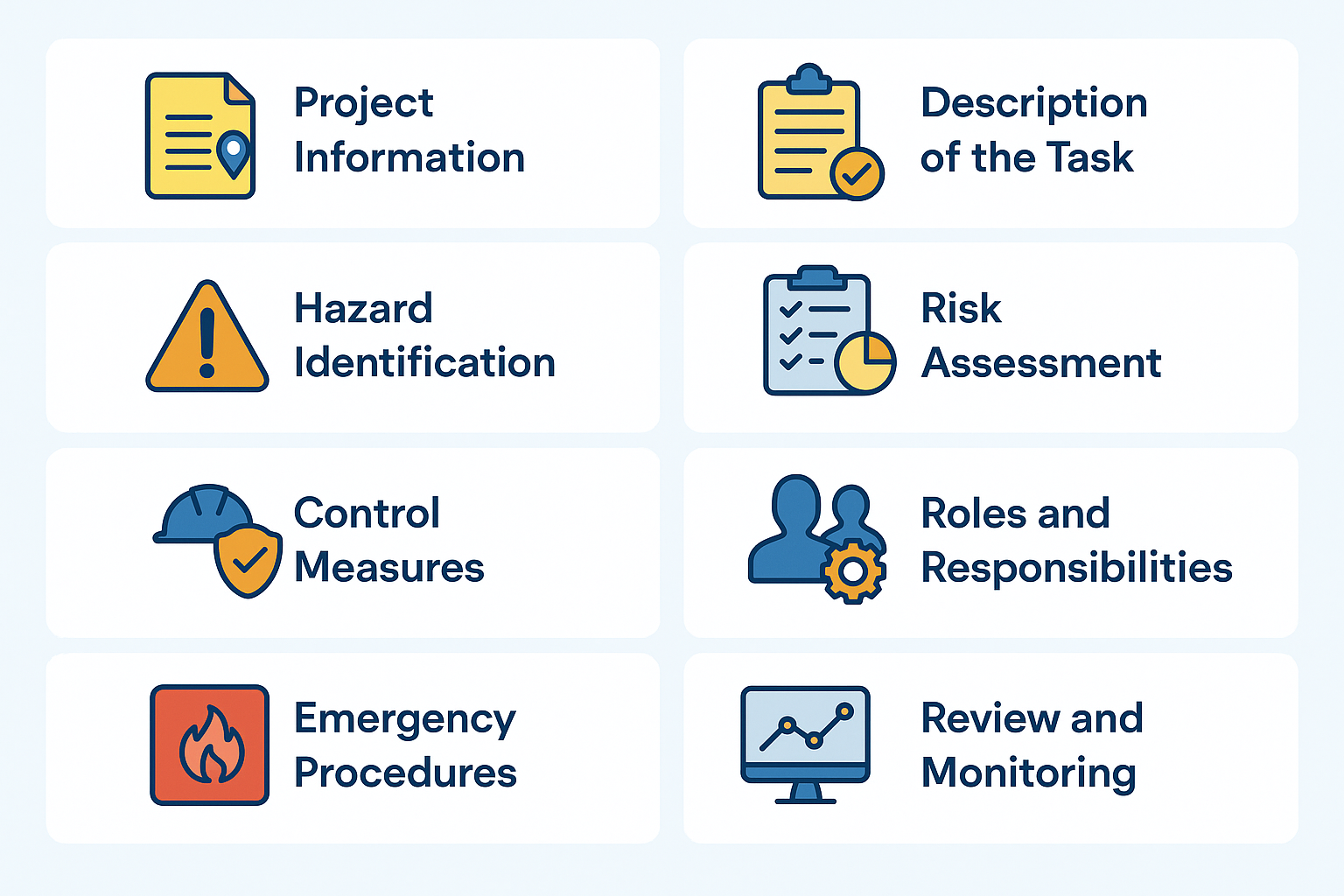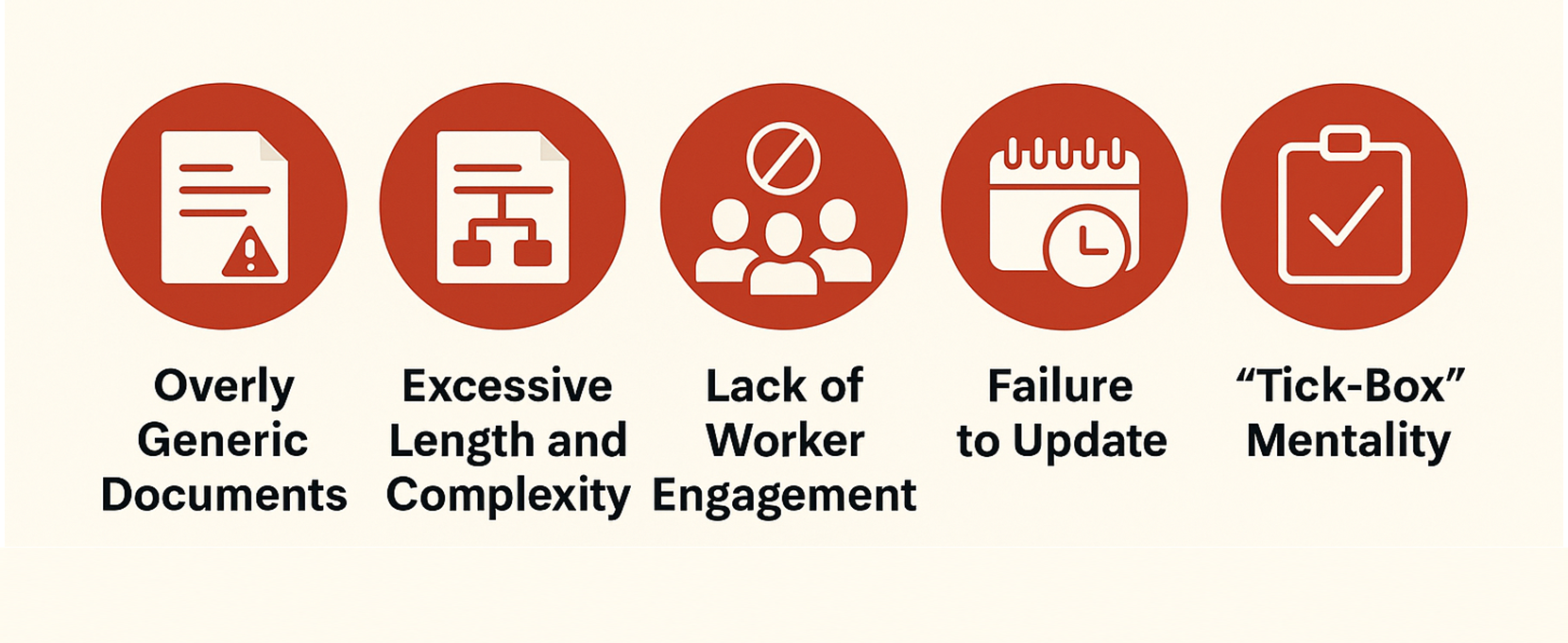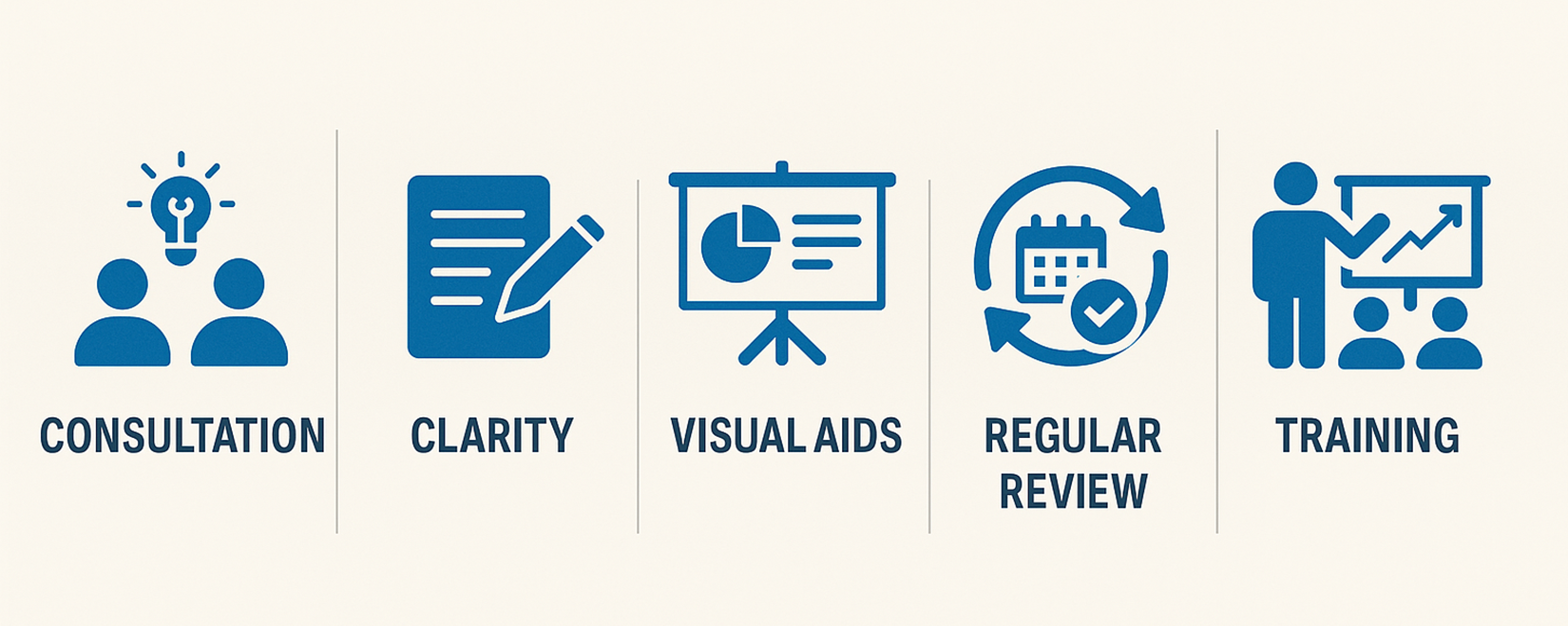What Is the Purpose of a Safe Work Method Statement?
Understanding how Safe Work Method Statements protect workers, ensure compliance, and drive safer business practices.
In industries where high-risk tasks are common, safety documentation is more than just paperwork, it is a lifeline that protects workers, organisations, and the public. One of the most widely used documents in this space is the Safe Work Method Statement (SWMS).
If you work in construction, manufacturing, logistics, or any sector that involves hazardous activities, you have likely heard of a SWMS. But what exactly is it, and more importantly, what is the purpose of a Safe Work Method Statement?
This article provides a comprehensive breakdown of the concept, its importance, and its role in workplace safety. We will also cover how to prepare one effectively, its legal requirements, and how organisations can integrate SWMS into their wider safety systems.
Defining a Safe Work Method Statement
A Safe Work Method Statement is a formal document that details the high-risk construction or work activities to be carried out, the potential hazards involved, and the measures that will be put in place to control risks.
Unlike generic safety policies, SWMS are job-specific and task-focused. They are practical documents used on worksites to guide workers in carrying out activities safely and in compliance with the law.
Typically, a SWMS will include:
- A description of the task or activity
- The hazards associated with the task
- The risk control measures required
- The roles and responsibilities of workers and supervisors
- Emergency response procedures
- Review and monitoring requirements
By clearly outlining risks and controls, SWMS bridge the gap between high-level safety legislation and day-to-day work practices.
What Is the Purpose of a Safe Work Method Statement?
The purpose of a Safe Work Method Statement can be broken down into several key functions:

1. To Protect Workers’ Health and Safety
The primary purpose of a SWMS is to keep workers safe. By clearly documenting hazards and outlining the controls, workers can perform tasks knowing that risks have been assessed and minimised. For example, if a task involves working at heights, the SWMS will describe how fall prevention systems should be installed, maintained, and used.
2. To Ensure Legal Compliance
In Australia, workplace health and safety laws mandate the use of SWMS for high-risk construction activities. Regulators such as Safe Work Australia and state-specific authorities (e.g., WorkSafe Victoria, SafeWork NSW) require employers to implement them. Having a compliant SWMS in place helps avoid fines, penalties, and legal action.
3. To Provide Clear Instructions
Worksites often involve multiple contractors and workers from different companies. A SWMS serves as a common reference point, ensuring everyone understands how tasks should be completed safely.
4. To Facilitate Communication and Consultation
A SWMS is not meant to be written in isolation. It should involve consultation with workers, supervisors, and health and safety representatives. This process strengthens communication and ensures that controls are practical and effective.
Legal Requirements for Safe Work Method Statements
Different jurisdictions may have slightly different requirements, but in Australia, the Work Health and Safety (WHS) Regulations set out specific guidelines. According to Safe Work Australia, a SWMS is required for high-risk construction work, which includes:
- Working at heights over two metres
- Working near powered mobile plant
- Work involving asbestos
- Work in or near confined spaces
- Work involving the use of explosives
- Work on or near energised electrical installations or services
- Work in or near trenches or shafts deeper than 1.5 metres
Employers and contractors must ensure a SWMS is:
- Prepared before the high-risk work begins
- Readily available to those carrying out the work
- Monitored for compliance
- Reviewed when work methods or conditions change
Failure to meet these requirements can result in enforcement actions, ranging from improvement notices to prosecution.
Structure and Components of a Safe Work Method Statement
A well-prepared SWMS is clear, concise, and easy to understand. It typically includes the following sections:

- Project Information
- Project name, location, and scope of work.
- Description of the Task
- A detailed breakdown of the work activity.
- Hazard Identification
- Identification of potential hazards associated with the task.
- Risk Assessment
- Assessment of the likelihood and severity of each hazard.
- Control Measures
- Hierarchical control strategies, such as elimination, substitution, engineering controls, administrative controls, and personal protective equipment.
- Roles and Responsibilities
- Who is responsible for supervising, monitoring, and carrying out the controls.
- Emergency Procedures
- Steps to take in case of incidents such as fire, falls, or medical emergencies.
- Review and Monitoring
- Schedule and responsibilities for reviewing and updating the SWMS.
Benefits of Safe Work Method Statements
The purpose of a Safe Work Method Statement extends beyond compliance, it delivers practical and measurable benefits for organisations.

- Reduced Incident Rates: With clear guidelines, workers are less likely to make mistakes that lead to injuries.
- Increased Efficiency: Workers spend less time guessing how to perform tasks safely.
- Enhanced Accountability: Responsibilities are clearly assigned.
- Improved Reputation: Demonstrating a commitment to safety strengthens client trust and industry reputation.
Common Challenges in Preparing and Using SWMS
Despite their importance, organisations sometimes misuse or underutilise SWMS. Common challenges include:

1. Overly Generic Documents
A SWMS that is too broad becomes meaningless. Documents must be task-specific.
2. Excessive Length and Complexity
If workers cannot understand the SWMS, they are unlikely to follow it. Simplicity and clarity are essential.
3. Lack of Worker Engagement
Workers must be involved in developing the SWMS; otherwise, they may not feel accountable for following it.
4. Failure to Update
Conditions change, and SWMS must be reviewed regularly to remain relevant.
5. “Tick-Box” Mentality
Treating SWMS as a compliance exercise rather than a living document undermines its effectiveness.
Best Practices for Developing an Effective SWMS
To fulfil its purpose, a SWMS must be practical and tailored. Here are some best practices:

- Consultation: Engage workers in hazard identification and control selection.
- Clarity: Use plain language and avoid technical jargon where possible.
- Visual Aids: Incorporate diagrams, flowcharts, or images to improve comprehension.
- Regular Review: Update documents when equipment, personnel, or work conditions change.
- Training: Ensure workers know how to read, understand, and apply the SWMS.
Integrating SWMS into Broader Safety Management Systems
Safe Work Method Statements are most effective when integrated into a wider safety management framework. They should not exist in isolation but work alongside:
- Risk management procedures
- Incident reporting systems
- Training programs
- Emergency response plans
- Auditing and compliance checks
When embedded into daily operations, SWMS contribute to building a strong safety culture where hazard awareness and safe practices are second nature.
Case Study: SWMS in Construction
A construction company in Sydney was contracted to build a multi-storey residential block. The project involved numerous high-risk activities, including crane operations, working at heights, and electrical installations.
Actions Taken:
- Developed task-specific SWMS for each high-risk activity.
- Conducted worker briefings at the start of each shift, reviewing relevant SWMS.
- Integrated SWMS compliance checks into daily inspections.
Results:
- Zero lost-time injuries over the 18-month project.
- Reduced insurance claims and improved contractor relationships.
- Positive recognition from the client for safety performance.
This example illustrates how effective implementation of SWMS achieves more than compliance, it drives project success.
Future Trends in Safe Work Method Statements
As workplaces evolve, so too will SWMS practices. Emerging trends include:

- Digital SWMS Platforms: Moving from paper-based systems to mobile apps for real-time access and updates.
- Integration with Wearables: Linking SWMS to devices that monitor worker health and environmental conditions.
- AI and Predictive Analytics: Using data to predict hazards before they occur and adapt SWMS accordingly.
- Focus on Mental Health: Expanding SWMS to include psychosocial risk factors.
- Sustainability Considerations: Incorporating environmental controls alongside safety measures.
Conclusion
So, what is the purpose of a Safe Work Method Statement? At its core, the purpose is to protect lives, ensure legal compliance, and foster safe, efficient work practices. A SWMS translates complex safety requirements into clear, actionable guidance for workers carrying out high-risk tasks.
When prepared correctly, it becomes more than just a compliance document, it becomes a living, practical tool that prevents accidents, saves money, and strengthens workplace culture.
For organisations, the challenge is not simply to create SWMS, but to make them meaningful. This requires consultation, clarity, regular review, and integration with broader safety systems. By doing so, businesses can ensure that every SWMS truly fulfils its purpose: keeping workers safe while enabling projects to succeed.
Related Content
Join Our Newsletter
Receive expert insights, safety updates, and the latest updates in our services and apps. Stay ahead of workplace safety, compliance, and operational efficiency delivered straight to your inbox.

.png)
.png)
.png)
.png)
.png)
.png)
.png)
.png)
.png)
.png)